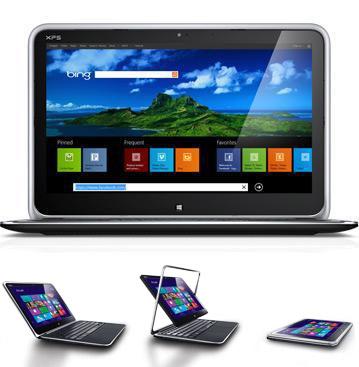By Rieva Lesonsky
As the American economy has moved away from manufacturing and embraced information and service, workers swapped their hammers and wrenches for computers and tablets. To stay competitive, businesses need to make sure their toolboxes are packed with the latest tools, which means regularly updating their hardware. While moving from an old computer system to a new one can seem overwhelming on the surface, a few simple steps can make the process easy. Here are four things to be mindful of when migrating to a new computer.
Back it up. Before you do anything else, back up your data. The fastest computer and operating system in the world isn’t worth a thing if you don’t have your data. You can backup in the cloud, on a company server or external hard drive. There’s even special software available that will help you secure and move your programs and settings.

Are you compatible? Next on the list is to make sure your software is compatible. Before you upgrade your hardware and buy the new Dell XPS 12 Convertible Touch Screen Ultrabook™ featuring Intel® Core™ processors to take advantage of the laptop/tablet hybrid styling, review a list of your software to make sure your most important programs will run on the new system. In most cases they will, but you may need to update some programs once everything has been moved over to the new system. In some instances you might even need to reinstall your third-party applications (so make sure you have the necessary media and product keys to do so).
Check the peripherals and ports. Whether you’re plugging in a printer or camera it’s nice to know that your other electronics will work with your new computer. Dell’s new Latitude 10 tablet, featuring Intel® Atom™ processor Z2760 for example, includes a full-size SD memory card reader and mini-HDMI. Conversely, the XPS has a 20-pin mini-display port for your projector. Take an inventory of what you intend to plug in to your new system, as well as what adaptors you might need to purchase.
Check your work. Here comes the fun part—getting to know your new operating system and computer hardware. Open your favorite apps to make sure they have transferred and are working properly. Don’t wait until you have a deadline to find out something isn’t functioning as expected. Regarding peripherals, make sure your drivers are up-to-date if they don’t start working immediately. If you need a driver, just visit the manufacturer’s website and download the latest one and run the install program. It should walk you through the rest of the way.
Lastly, don’t be afraid of your new computer. Engage it with the curiosity of a child—it won’t bite. You might find a few of the new upgrades, such as the touchscreen, will enable greater efficiency for some of your regular tasks. Remember, switching to a new computer does not innately spark advancement, it’s exploring what’s new that will take you forward.
This is a paid post in conjunction with IDG, Dell and Intel®.







